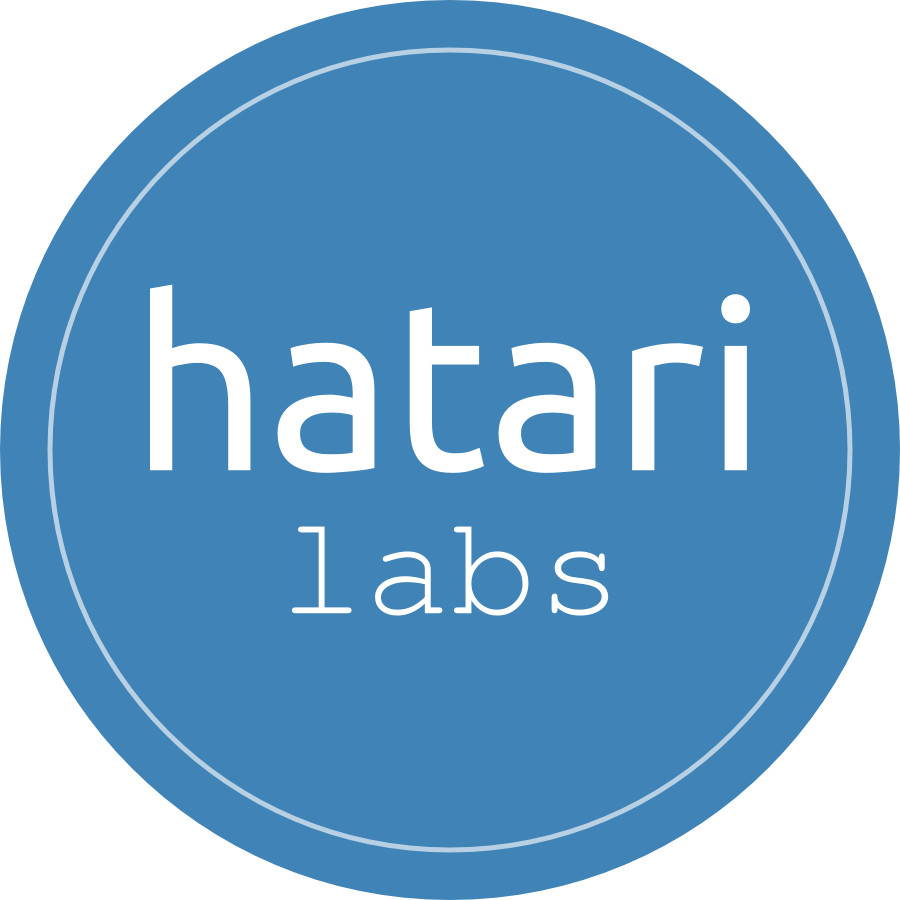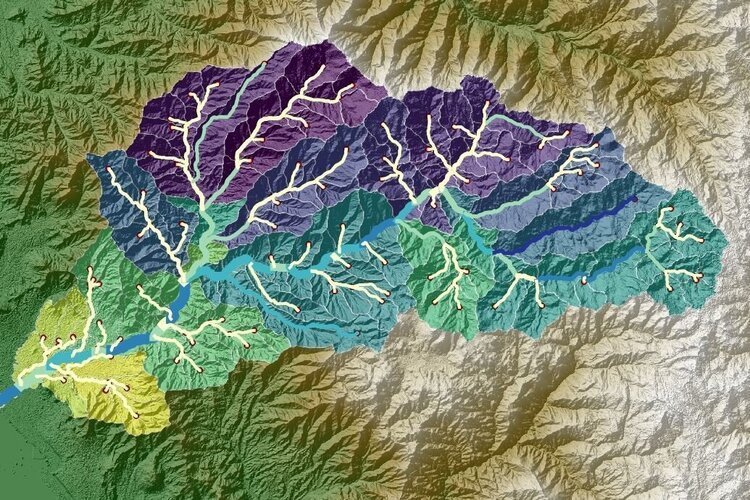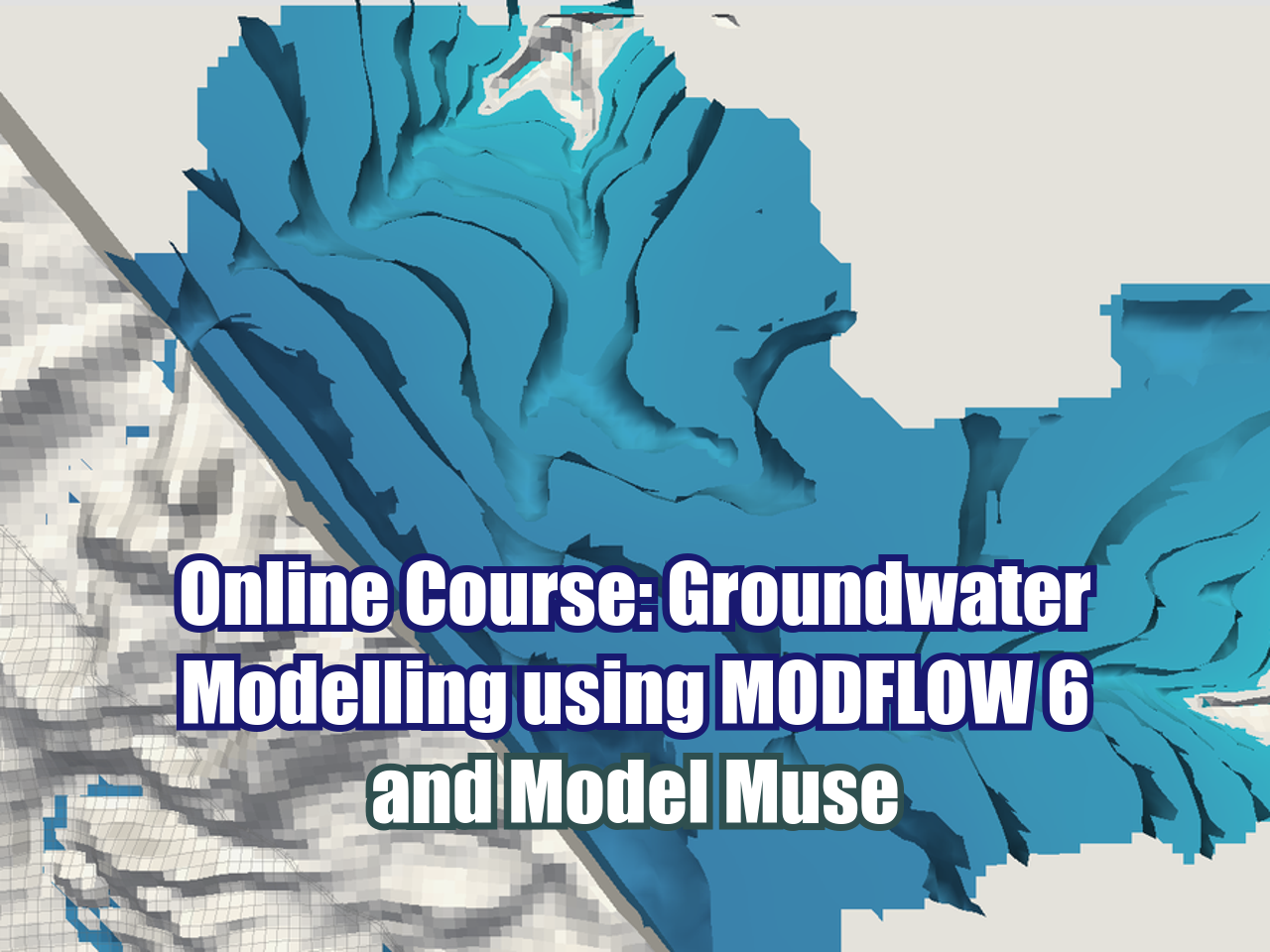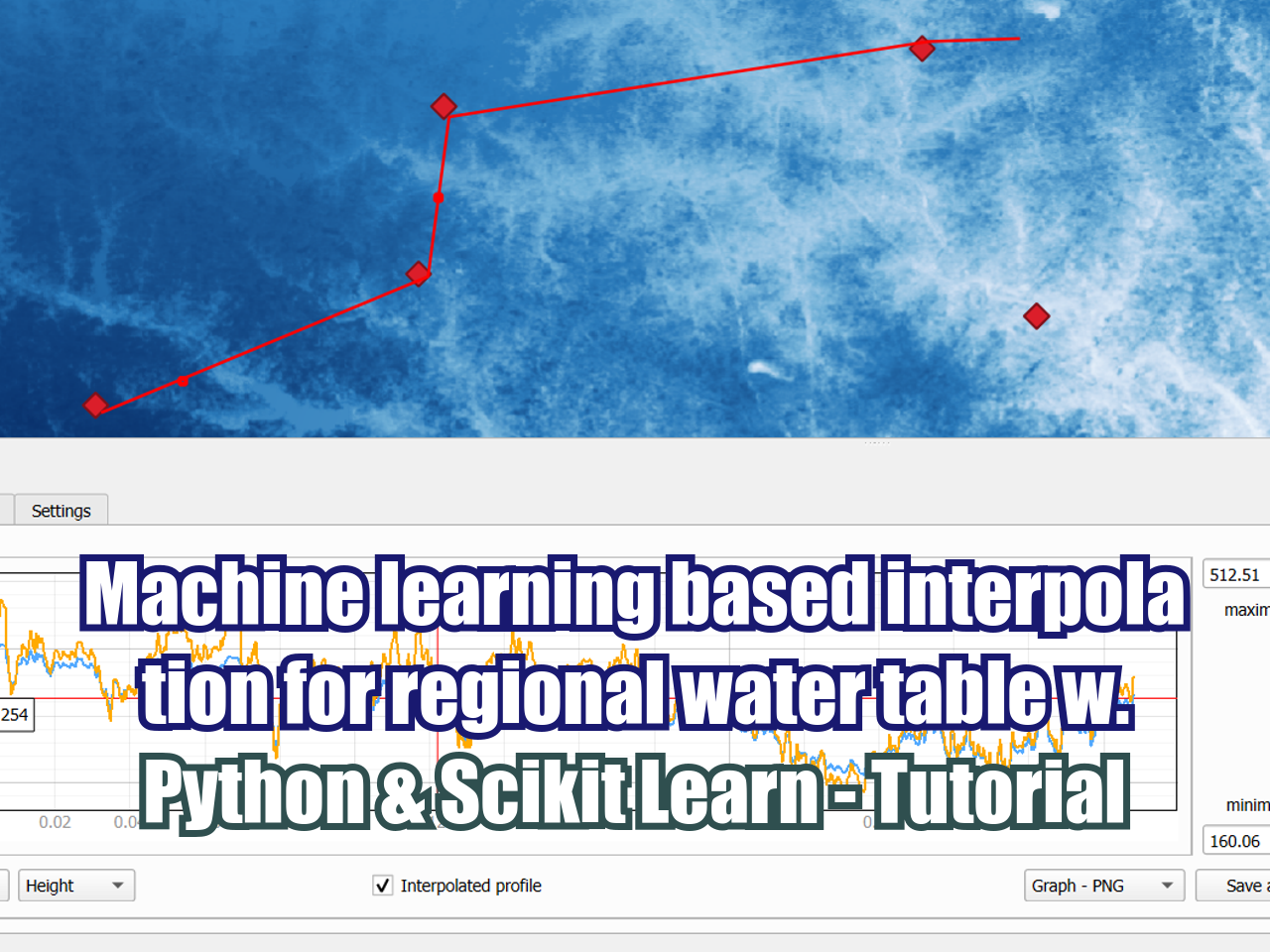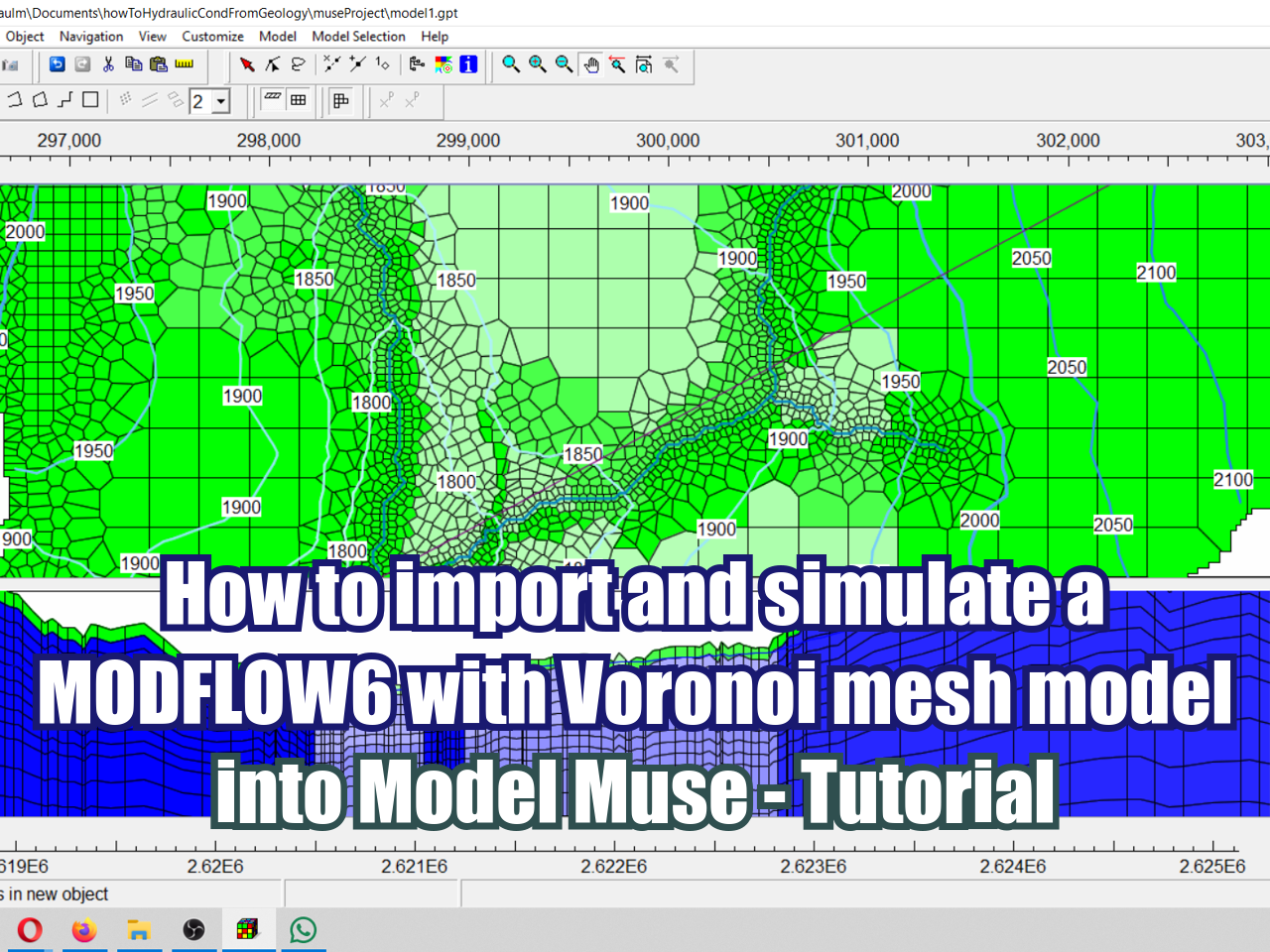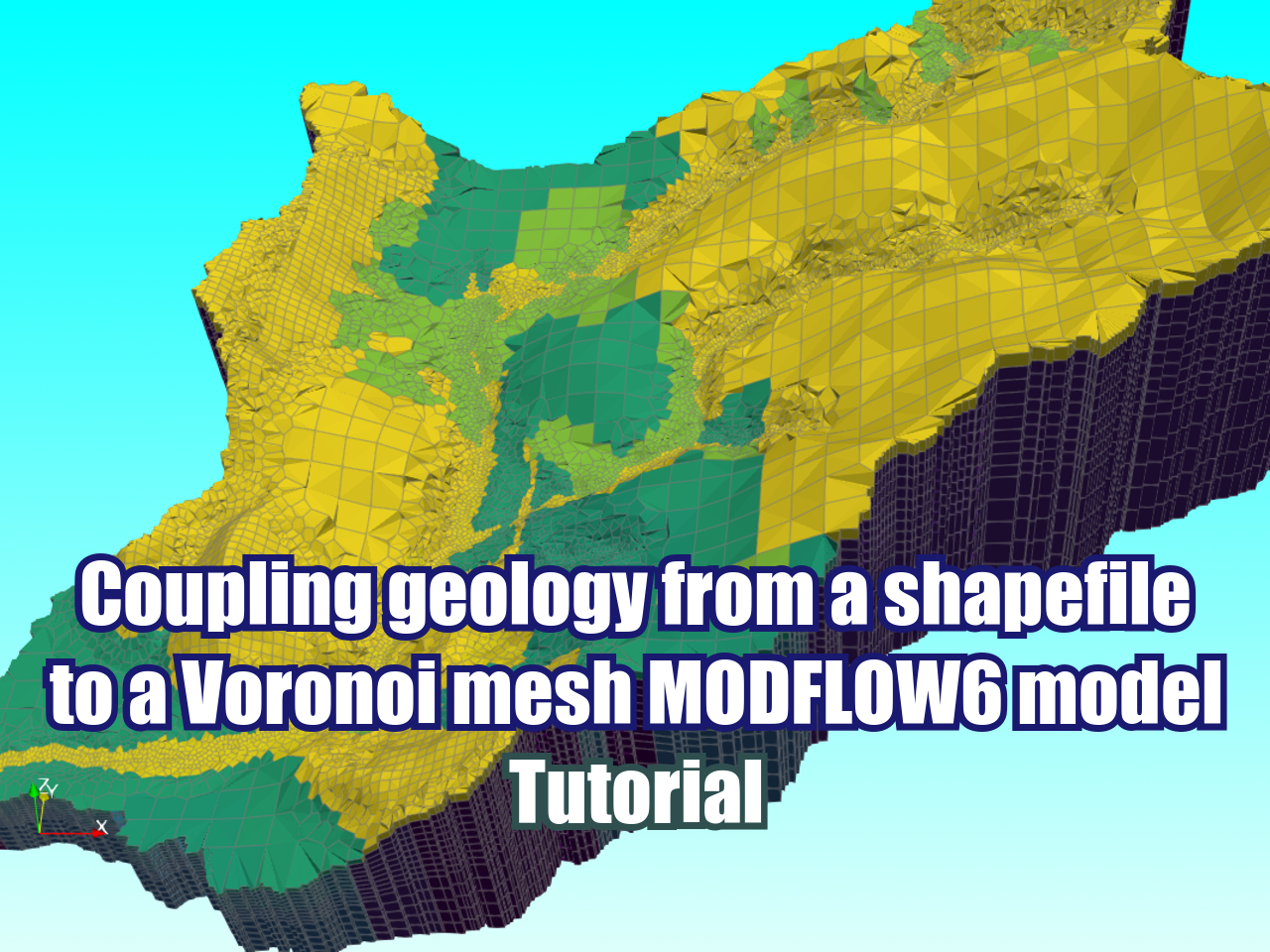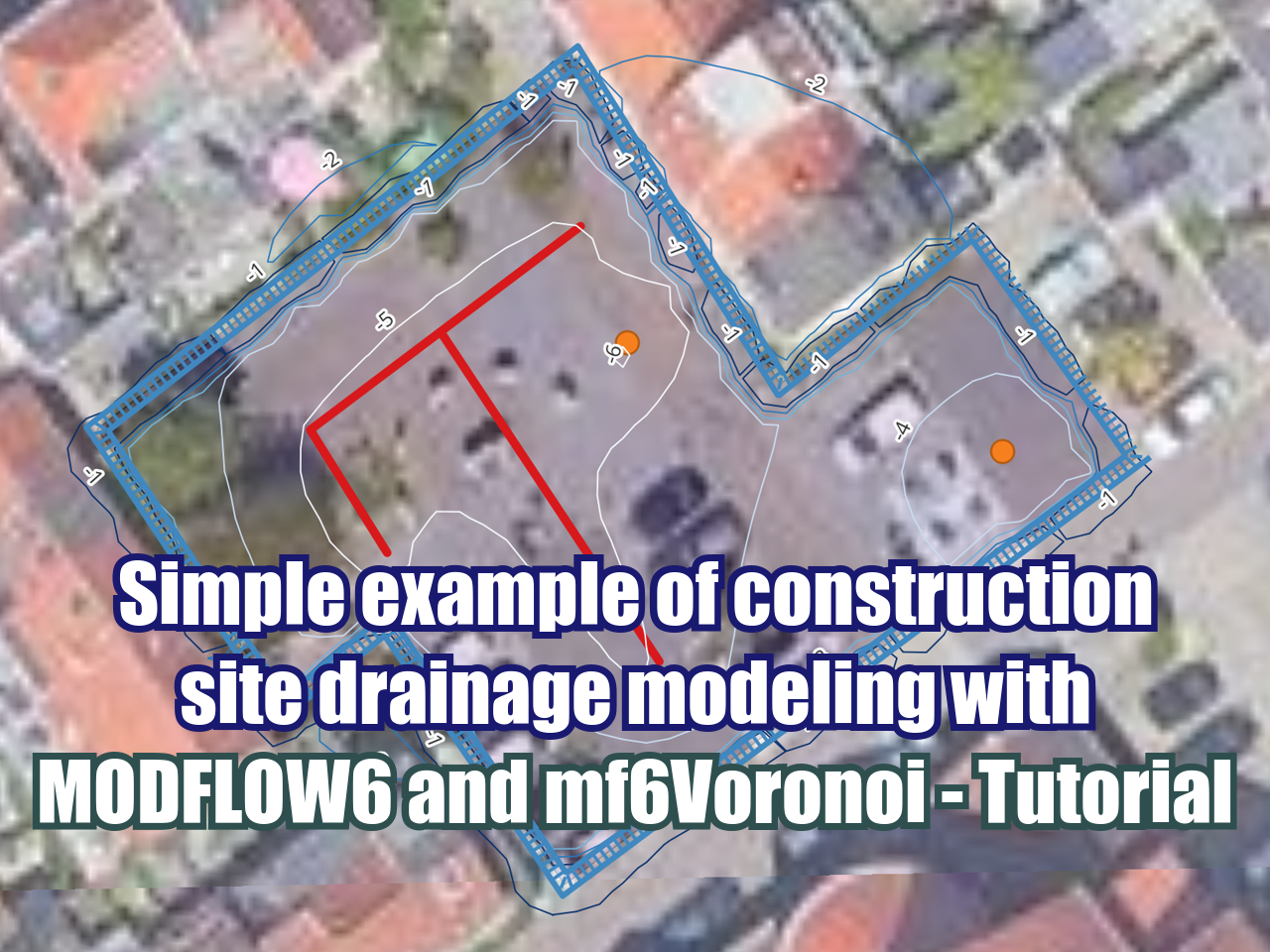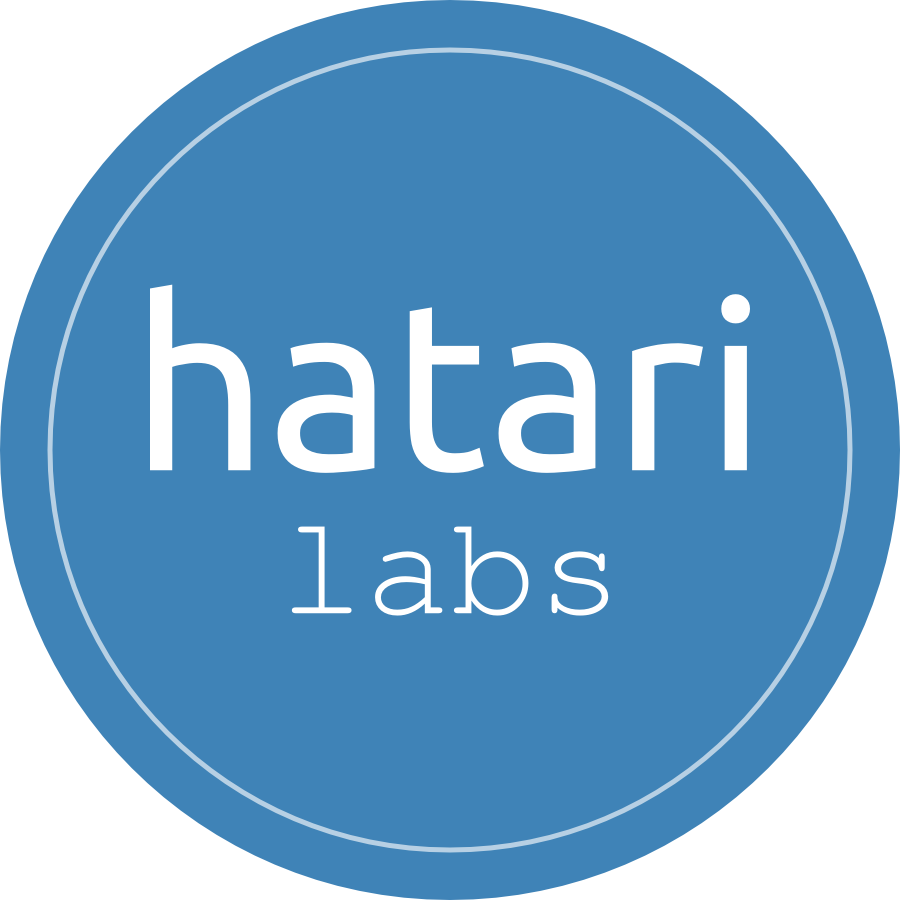Machine learning based interpolation for regional water table w. Python and Scikit Learn - Tutorial
/Having a reasonable spatial distribution of the water table with few observation points is a challenge because the water table can't be above the surface. We wanted to develop a method where the computer learns not only about the position but also the surface to calculate the water table.
This is an applied example of water level interpolation based on a machine learning algorithm in Python with Scikit Learn. The code covers all steps from data compilation, regression formulation, accuracy testing and raster generation.
Read More